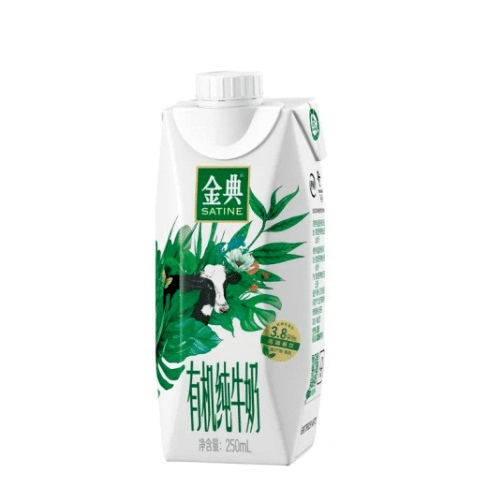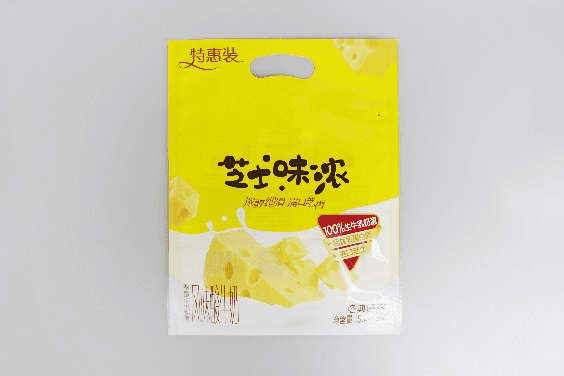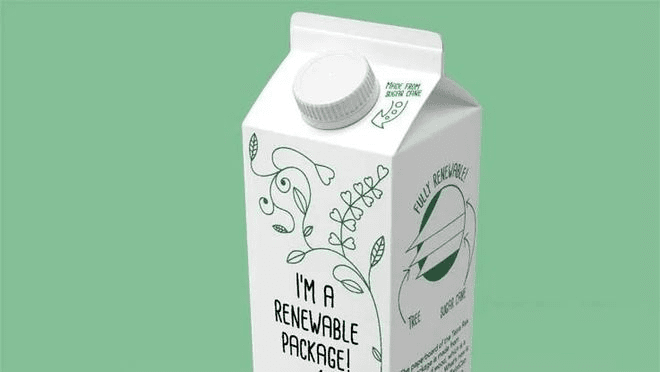As an important link in the industry chain, packaging is an important vehicle for direct communication between dairy brands and consumers. At present, global top dairy companies have joined hands with packaging material suppliers to explore green and low-carbon packaging solutions, to fulfill their corporate responsibility to reduce carbon and highlight the brand's environmental advocacy by continuously increasing the proportion of green packaging.
So, what are the current examples of green packaging innovation in the dairy industry that can be drawn upon?
Case 1: Plant-based PE milk bottle cap

On World Environment Day 2021, Erie Gold launched the plant-based Dream Cover product. It is understood that this is the first plant-based dream cover in China, part of the raw materials from sugar cane, the plastic open cover of the raw materials from the original petroleum-based polyethylene replaced by plant-based polyethylene derived from sugar cane, while maintaining the appearance and function, can help reduce the carbon footprint and reduce the dependence on fossil resources.
Case 2: Bio-based BOPLA yogurt milk bag

Unlike traditional packaging bags, a domestic head of a dairy company's sour milk bag using a new bio-based biodegradable material BOPLA, this material has a bio-based and controlled degradation characteristics, its raw materials from the starch extracted from plants through microbial fermentation polymerization, the product can be completely degraded into water and carbon dioxide in as early as 8 weeks under certain conditions after use.
At the same time, BOPLA has good print adaptability, multi-color printing, can be individually heat-sealed into bags, high transparency, high brightness, good stiffness, etc. It can also provide green packaging solutions for potato chip packaging, coffee bean stand-up pouches, tea stand-up pouches, etc.
Case 3: Plant-based dairy packaging box

Taiwanese food brand Yimei has launched a family pack of dairy products in Tetra Pak Biomass packaging, which consists of cardboard and plant-based plastic. In addition to renewable and traceable packaging materials, compared to the general milk beverage packaging, Tetra Pak Royal biomass packaging can reduce carbon emissions by 35%, and the used ones can also be 100% recycled and reused.
Case 4: PLA yogurt packaging

Global food giant Danone has decided a few years ago to switch 5% of its yogurt product packaging to bio-based PLA materials. The first to use bio-based PLA to replace traditional packaging materials was Danone's "Ishihara Farms" organic yogurt, produced at Danone's sites in the United States and Germany, which uses PLA as a packaging material instead of the original HIPS.
Facing the challenges brought by climate change, the development of the global dairy industry has entered a new normal, and it has become a general consensus to provide consumers with nutritious and safe dairy products while achieving green and sustainable development of the whole industry chain.

